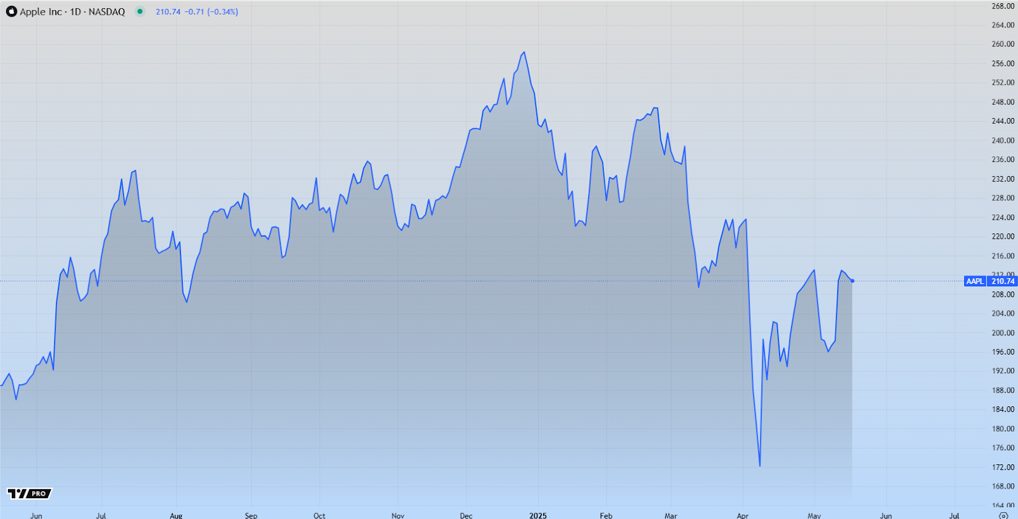The Industrial Revolution was a time of huge innovation in the field of work, in terms of both machinery and human industry. Since that time, we have continued to refine and improve on our technology and industrial techniques, with the result that technology was to be found in the home as well as in the workplace. Some are saying that the twenty first century will see a similar change, except that this one will take place in the field of robotics.
The definition of a robot is a sophisticated machine which is capable of extremely complicated equations and works in a very short space of time. This definition was something which came about in the era of the great science fiction writers, although it does still have some validity today – but we have also found that robots need to move and be able to handle things, necessitating that we develop a wider idea about what a robot is, and what is involved in making one.

Since we are looking at robots replacing humans in certain heavy manual labour jobs, what we now know a robot needs are linear actuators. Motion systems and linear actuators are two separate additions to a robot which can render it more able to carry out the hard, repetitive tasks which are beyond the capability of a human over any significant length of time.
Because of the way society is changing, the boundaries between what is done by humans and what is done by robots is changing as we go along. What is a robot and what is simply smart technology, such as the new home automation which is being used around the house and in deep research project? It has been suggested that the continued blurring of the lines is what will truly be significant in the years to come, as we make robots and smart technology which can change the way we interact with each other, cure diseases, and spend our old age, among other things.
When we think of a robot and all that it could be capable of, it is perhaps best to think about a human, and everything that one human is capable of. A robot may be built to replace a human, but that is only because we can build them with high force actuators, among other things, which render them more capable of both speed and precision over a longer space of time.

Having more robots around will change the way manufacturing is carried out both because of the linear actuator force and also because linear actuators in themselves are subject to a greater degree of precision over a longer period of time than humans are. The reason for car manufacturing switching to a robotic production line precisely due to this problem: humans can’t sustain the appropriate level of speed and precision over a long period of time as a worker there.
A robot with linear actuators – if the programmer calculate linear actuator force correctly – will be able to apply both force and precision to their given tasks. While linear actuators do have a specific point at which they cut off and need to be allowed to rest before they can be used again, but they are still able to work for longer and with more precision than humans at the same tasks.




